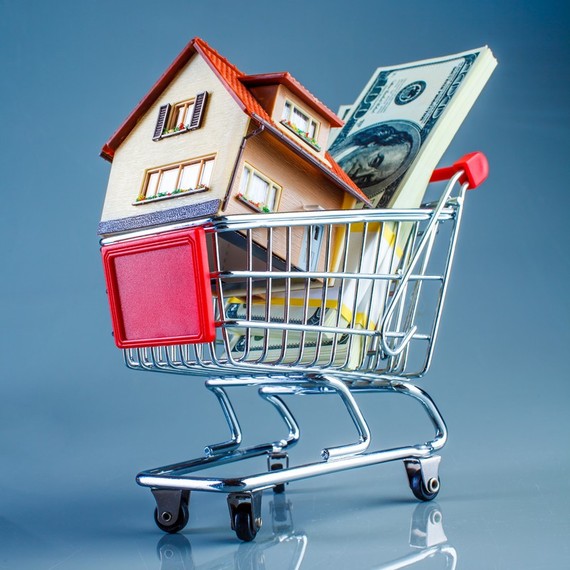I LOVE real estate and every facet of real estate investment. From wholesaling and flipping houses to rental property ownership, there's opportunity for profit in every market, whether rising, falling, or sitting still. Sure, you have to adjust and change strategies with changing markets, but that's part of the fun, and it cuts down on the competition when they can't figure it out.
There are some changes taking place in most markets nationally right now. Actually they've been happening for some time, but they're picking up steam. Just about gone are the days of dozens of foreclosures in every neighborhood ready for flipping. One thing that is certainly a thing of the past in most markets is the ready-to-live-in foreclosure. When they were coming down the pipeline in the tens of thousands every month, consumers could find a foreclosure that they could get financed.
Foreclosures are still happening, but they're a different animal these days. Most are pretty trashed out, and there's no hope of the average consumer getting a mortgage with the property in major disrepair. Investors are competing for the best candidates among this current inventory, and they're still often selling most of these rehabs to rental investors ... but not all. It's time for an adjustment in the flipping model for some investors. It isn't for all, but it can be a very profitable challenge to meet. Consumer buyers want homes, and there is an opportunity to fix & flip to the retail buyer.
The first, and most obvious, difference in this approach is in the pricing model. When you're selling to another investor, they're going to want to buy at a discount to current market value; at least if they're smart. You're working backward from the ARV, After Repair Value, of the home, through the estimated costs of rehab, and to the price you can pay to make room for your desired profit. This requires sharpening your pencil, good negotiation skills, and a process that works with few errors.
The consumer buyer is a very different customer. They're searching for the right home for their family, and they seek the latest in features and amenities. They are also far less demanding in their negotiations, at least most of the time. In shifting to a retail market for your flips, the first consideration is that they will pay a higher price, but for what exactly?
The Flip Product for Consumers
Instead of shopping materials that will work in a rental or for another investor, you are going to be upgrading and trying to match or come close to the current finishes in new homes. It may be skylights, marble, hardwood flooring, or other finishes in demand by new home buyers. Your finished product will need to wow the couple when shown. Whether it's the gourmet kitchen for the cook or the garage workshop for the tinkerer, these features need to be there to sell the home quickly and at a profitable price.
Costs Will Rise, So Prices Must for Profit
All of these upscale finishes will cost more money. Sometimes the quality of the sub-contractors will need to rise, so their costs will as well. Just being able to sell the home at a higher price to a retail customer isn't enough. The costs of rehab will be higher, and it's a learning curve for the fix and flip investor used to quickly flipping to another investor.
The biggest cost difference will be in using real estate agents to sell the property. You'll almost always have to list it on the local MLS, Multiple Listing Service, and this will involve a listing commission. You can negotiate this, but expect anywhere from 4% to 6% of the selling price.
Another cost increase is in short term funding loan fees. If you're using financing for the rehab, you're paying interest while the home is up for sale. This makes it even more important to price it right from the first day listed. A quick sale is what you want. Of course, you'll need to sharpen your pencil in every phase of a retail fix & flip to get the profitable outcome you want.

